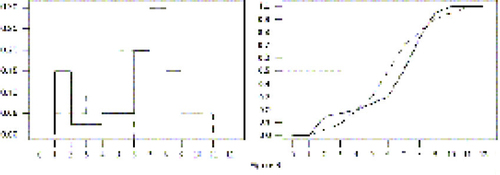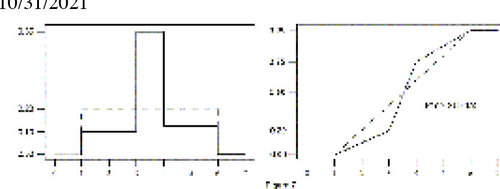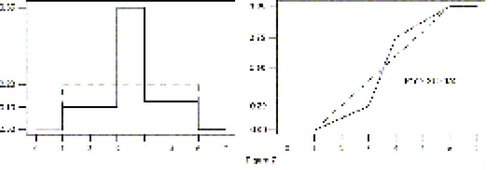Figures & data
Figure 1. Comparison of two exponential densities, one with mean = 1 (dotted line) and the other with mean
= 1.5 (solid line).
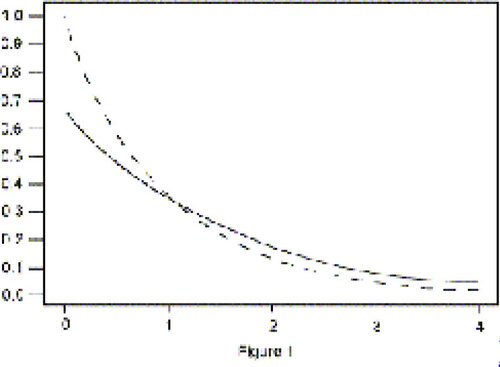
Figure 2. The Shift Model. The solid lines represent the density (left) and c.d.f. (right) of the new treatment . The improvement is additive and constant over the whole range of observable outcomes.
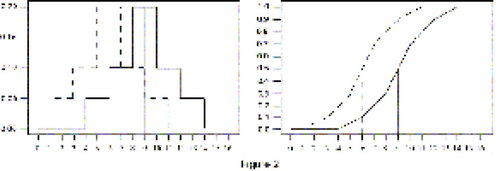
Figure 3. Stochastically Larger Than. The solid lines represent the density (left) and c.d.f. (right) of the new treatment . The flexibility of modeling a new treatment as the one with higher outcomes is illustrated by the solid c.d.f., which only has to stay below the dashed one.

Figure 4. Stochastic Ordering. The most important subset might be “OTHER,” indicating that the stochastic ordering is only a partial one that cannot be fully captured by the ordering of numbers.
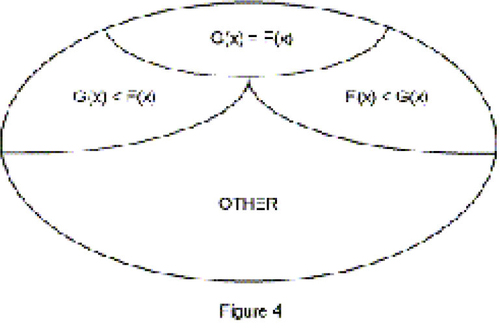
Figure 5. Stochastic Ordering and Median. The new treatment (solid line) has the same median as the old treatment, while nevertheless being strictly superior almost everywhere.
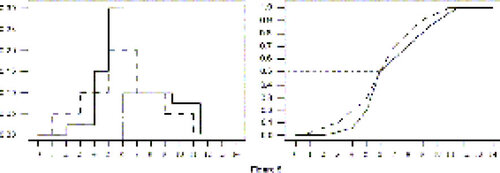
Figure 6. A Misleading Median. The median of the new treatment (solid line) is clearly larger than the median of the old treatment, even though the old treatment outperforms the new one in (possibly important) tails.
